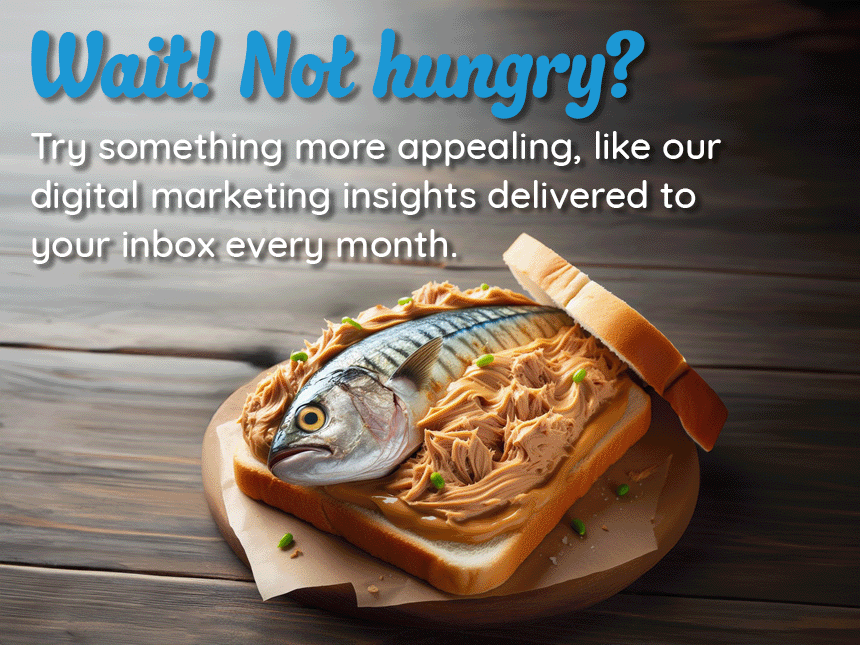8 Key Components for Lead Capture Pages
Studies consistently show that when capturing leads from advertising initiatives, such as Paid Search (SEM), direct mail, television and radio, that a standalone, single lead capture page will have a better conversion rate than driving consumers to a website. Once you accept this point, here are my eight keys to creating a successful lead capture page.
1. Message:
When introducing the product or service you’re offering, be concise, very concise. Quickly describe it, offer key differentiators and advantages and keep it open-ended. That is, leave a little something to the imagination of the user. If you list every detail, you will either give them enough information that they don’t need to take further action or you will have given them a reason to assume that this isn’t right for them. Just as bad, you will bore them and they will leave. As a guide, limit your copy to no more than 3 brief paragraphs. Optimally, a compelling headline and copy mixed with bullet points can be most effective.
2. Credibility:
Within 10 seconds you need to establish credibility that this is a legitimate offer, from a trustworthy source already accepted by others. When the offer is coming from a known brand, simply including a recognizable logo is a logical step and huge advantage. For lesser known entities, here are solutions to gain trust:
- Include a celebrity, a professional or credible person in the specific field that endorses the offering. – A photo of them is incredibly powerful.
- Include logos of current clients
- Include one sentence testimonials of those using the product/service.
- Offer big bold stats that support the product’s effectiveness, reliability, value
- Embed a short video that shows the product in action and/or includes endorsements.
Including more than one “credibility” solution is best while keeping in mind that you don’t want the page to appear cluttered.
3. Design and Visuals:
The design of the page should be very clean, professional with big, easy-to-read to text. It should adhere to brand guidelines so that it leverages any previous familiarity with the company. In addition, include a photo or image that will make an emotional connection between the viewer and the product.
4. Special Offer:
To get something, you need to give something. Therefore, you must provide a no-risk, no further obligation, low cost offer (Free when applicable) to entice them and to increase their comfort level in taking the action you desire. Such offers could be a free trial offer, a discount code or coupon, a white paper they can instantly download or anything of perceived value.
5. Lead Capture Form:
Once you have gained their interest, trust and desire to engage, an online form should be placed in a prominent part of the page to capture their contact information. The form should be positioned to be at least partially seen prior to scrolling. The upper left side or center of the page are common areas for form placement. The form should require as little input as necessary to be considered a usable lead. Asking for every bit of desired information could result in no conversion at all.
For campaigns with large scale advertising, it’s best to have the lead capture form feed the data directly into a CRM system. This practice can keep all leads organized while also channeling them to the appropriate salesperson.
6. No Exits:
I’ll concede that there are a few lead capture scenarios that might benefit from a website with more info, such as demos of online services. However, in most cases, taking consumers to a website rather than a standalone lead capture page will lower conversion rates. This is because websites offer too many opportunities to navigate away from the form, explore additional content and eventually exit before providing their information. People lose focus too easily. Therefore, when building a lead capture form, don’t provide any exits – no links to additional pages or other websites. Focus them soley on the offer and completing the form.
7. Page Address:
Choosing the page address is extremely important and should cater to the advertising vehicle being used. If radio, television or outdoor advertising is driving traffic, a specific domain name with an easy to remember phrase is best. For example, if you’re offering financial planning, a domain name such as, MakeMoneyWork.com would be effective. If you’re doing print advertising, you could use a similar domain, especially if it reflects the campaign them and is memorable. If you’re already a known brand, an extension of the primary domain, such as IBM.com/FreeConsultation is also effective and aids in trust. If only search engine advertising and optimization are being leveraged, choosing a domain name with keywords can aid in better natural search rankings and even lower click through costs. In the example of financial planning services, PhiladelphiaFinancialPlanningServices.com would be more beneficial for web only initiatives.
8. Tracking:
Make sure a tracking service is coded into the page to measure visits, conversions and sources. This is all pretty easily done with online initiatives. If you have multiple print, mail or broadcast campaigns driving traffic simultaneously, you may want to employ unique page addresses to differentiate and measure the effectiveness of each.
Bonus Tip:
It’s worthwhile to include meta title and description tags into the page to improve the possibility of the page appearing in the natural search results. While search engine optimization isn’t nearly this easy, it’s still worth the effort. For Search Engine Marketing, these meta tags can slightly improve Google’s Quality Index score thus lowering the click through rate.



